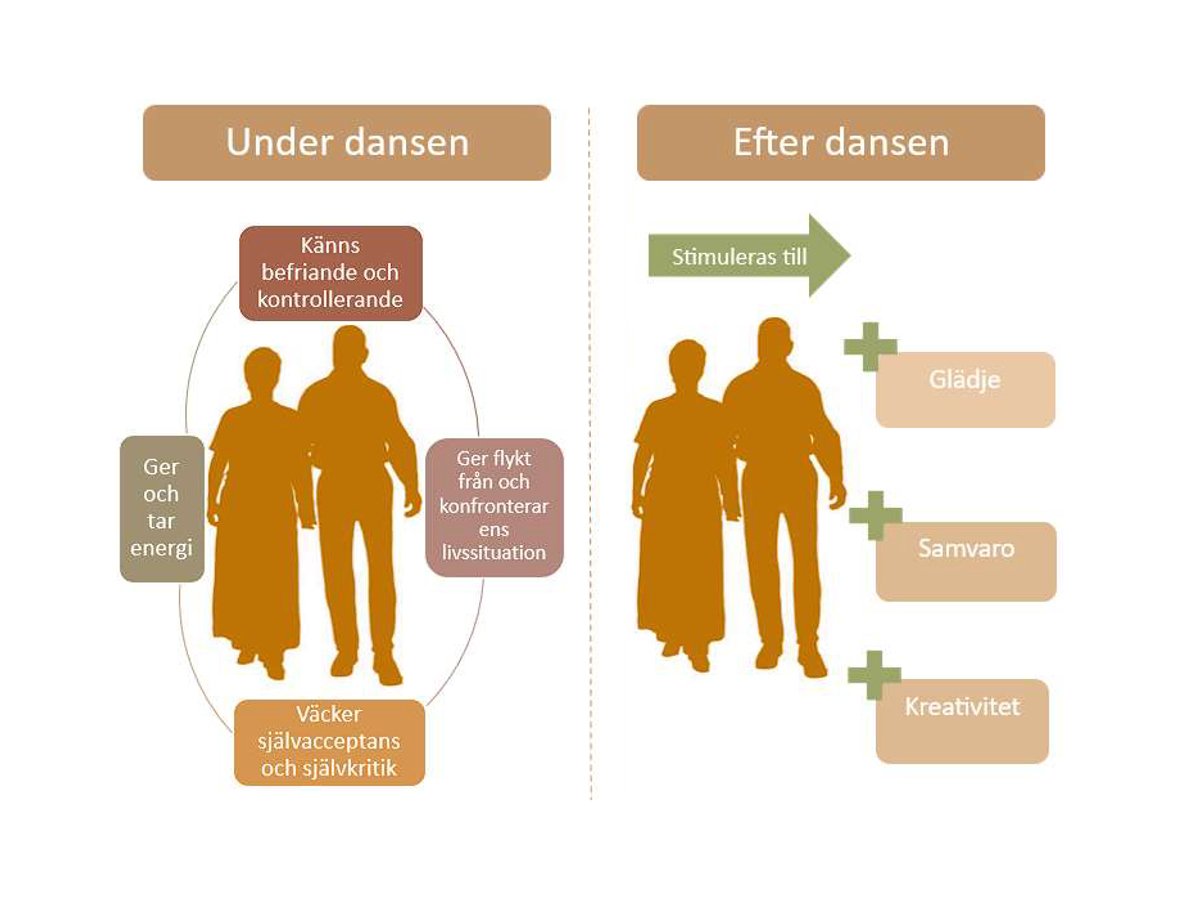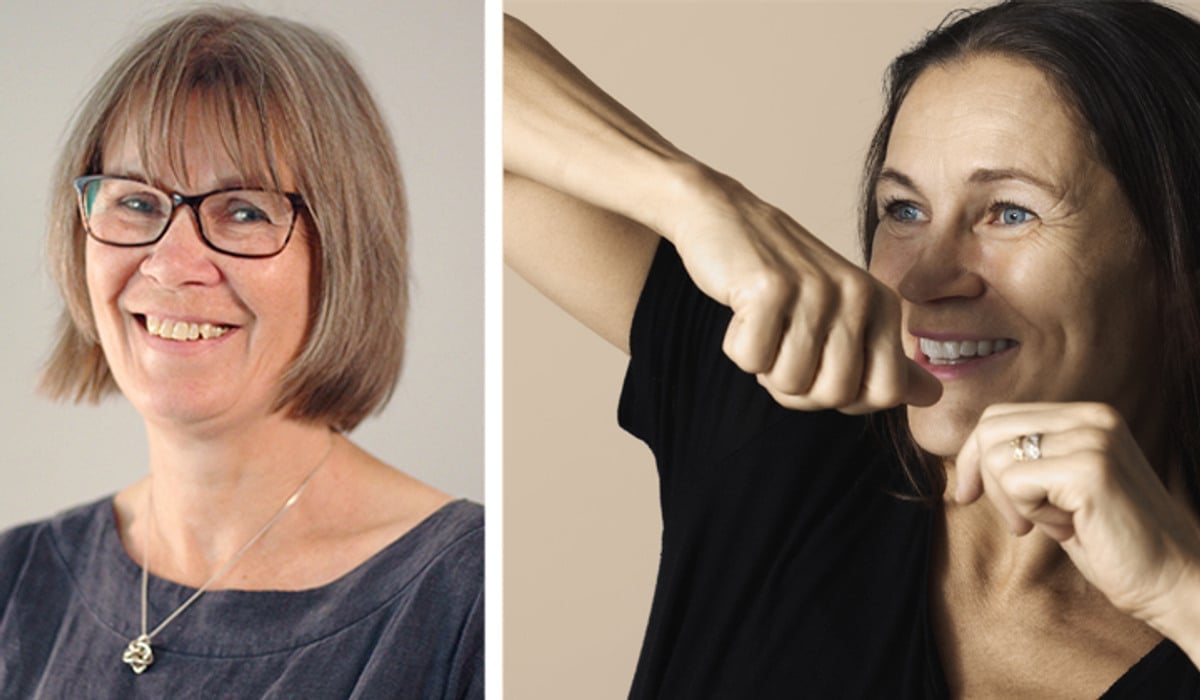
Dance for Older Adults in Addiction Treatment: A Pilot Study
Dance interventions based on Dance for PD may have effects on target groups beyond neurodegenerative disorders.
Dance interventions based on Dance for PD, developed by Mark Morris Dance Group in the US, may have effects on target groups beyond neurodegenerative disorders. At the Stockholm Centre for Dependency Disorders, older adults with substance use have been offered dance as a complement to the ordinary addiction care. A pilot study has been conducted, and a report will be published this year.
About the study
The study explores the experiences of seven patients age 58-82 , and on the effects of the dance intervention on their personal difficulties. Results show that the patients experienced joy, togetherness and increased creativity. Results also indicate an increased sense of personal value and trust in others.
The study was conducted by Maija Segle Konstenius, Mikaela Skansjö, Greta Schettini, Malin Anclair and Sofia Burmester and will be published 2025. Åsa N. Åström, responsible for Dance for health initiatives at Balettakademien Stockholm.

Dance for Older Adults in Addiction Treatment
Why dance in addiction treatment?
- Addiction treatment is generally based on medication and different types of psychotherapy
- Both creativity and physical activity promote health
- Dance, with its combination of artistic and physical activity, is a particularly interesting intervention in healthcare settings.
- For example, dance for people with Parkinson's disease (Dance for PD®) has been studied with good results.
- Dance is also an interesting intervention in the care of older adults with addictions.
Older adults and substance use
- Alcohol and drugs use have several health risks for example circulatory diseases, types of cancer, and cognitive decline (memory, attention, decision making).
- Older adults are more sensitive to how alcohol affects health.
- It is important even in addiction treatment to have methods to maintain and strengthen the physical and cognitive functions of older adult patients.
- Stigma associated with addiction often leads to loneliness and isolation.
- It is important to inspire older adults to seek new social arenas.
Objectives and method of the study
- The objective of introducing dance was to present older adults with a new kind of activity and to inspire them to lead more active lives.
- The aim of this study was to explore how they experienced dancing and if dance was a feasible complement to ordinary addiction treatment.
- This was a qualitative study using a convenience sample – the treatment staff recruited patients they thought would benefit from dancing.
- Nine patients signed up (aged 58-83 years).
- Dancing once a week for 50-60 minutes, for a duration of three months.
- A staff member danced together with the patients.
Interviews
- The study used semi-structured interviews,
- After three months seven patients and six staff members were interviewed.
- The interviews were recorded, transcribed verbatim and analyzed using thematic analysis according to Braun and Clarke (2006, 2019).
- The method involves coding and sorting data to find patterns and themes.
- The final report presents themes and uses verbatim citations to illustrate these themes.
Dance method was based on Dance for PD®
Results
Patients described opposing feelings and thoughts that can be defined in four paradoxes.
Study will be published during spring 2025.
What does dance add to the ordinary addiction treatment?
Dance was experienced as a rewarding complement to addiction treatment as it creates a positive input in everyday life in a way that regular visits to addiction care do not.
Three themes were identified:
- Dance stimulates joy
- Dance stimulates togetherness
- Dance stimulates creativity
Challenges as a dance teacher
- Building confidence and making dancers feeling safe
- Creating exercises that challenge and inspire to movement
- To be open-minded and flexible
- Uppdaterad: 24 september 2025
Du kanske också är intresserad av

Dans för äldre med missbrukssyndrom
Link to page in Swedish about the method.